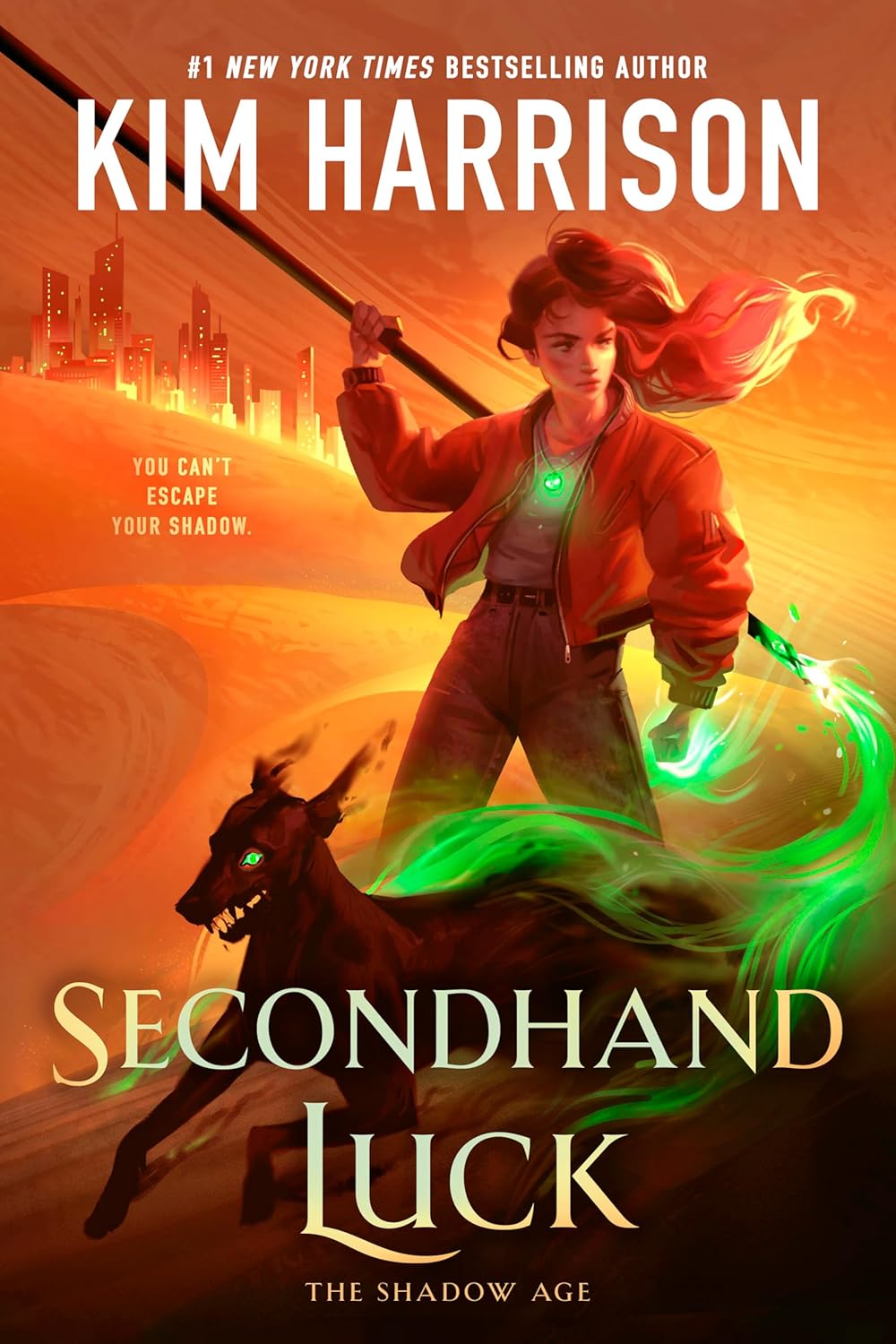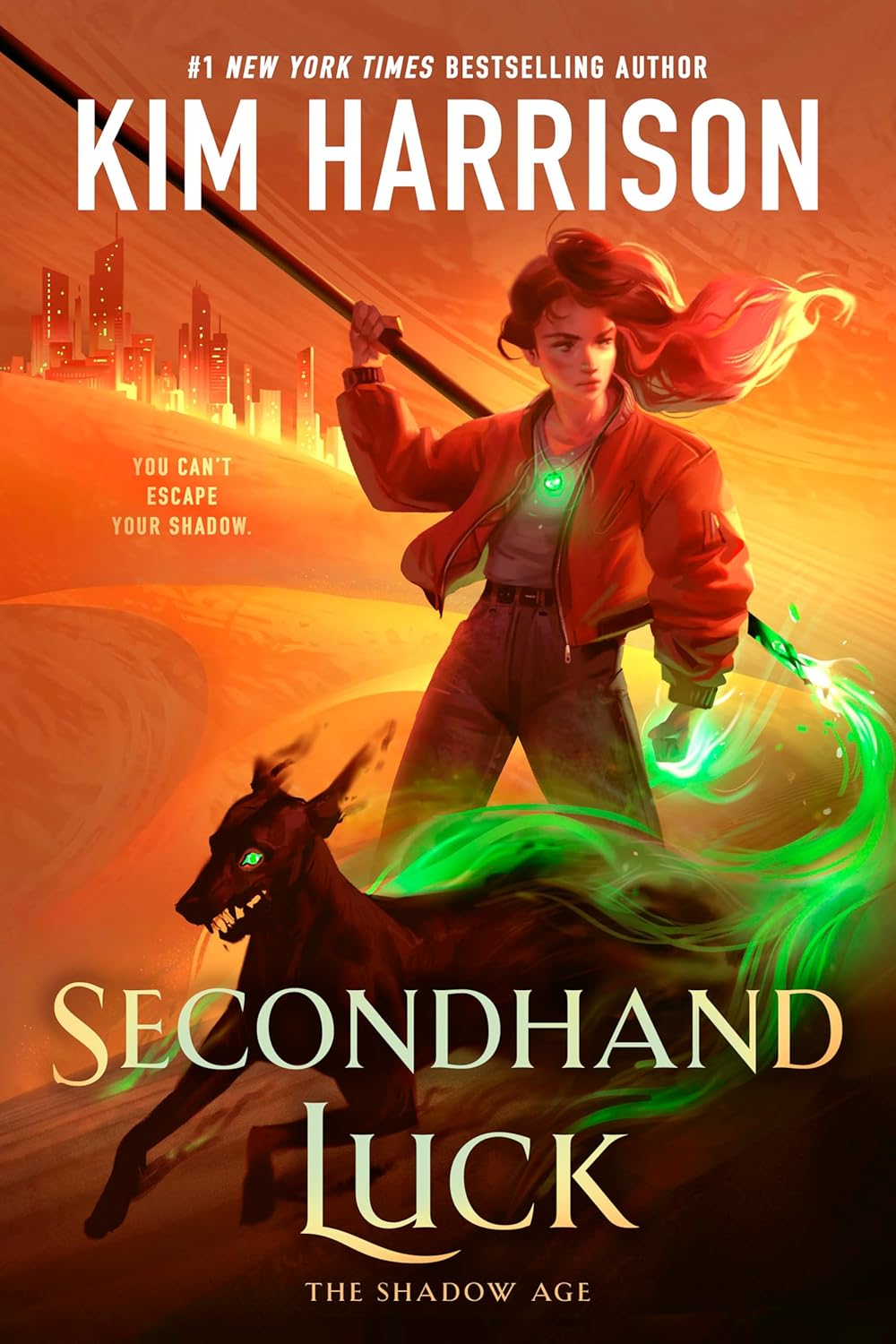Review of “The Shadow Age” by the Author of the Hollows Novels
As someone who has always been captivated by contemporary fantasy, I eagerly picked up “The Shadow Age,” drawn in by the compelling premise of shadow magic and the challenges faced by Petra Grady. After thoroughly enjoying the author’s previous works, I found myself intrigued by the development of such a unique world where shadows are more than mere darkness—they’re living entities with their own agendas.
In “The Shadow Age,” we follow Petra as she navigates her newfound identity as the first weaver to bond with a shadow in a millennium. The story picks up with Petra and her shadow companion, Pluck, as they make strides at St. Unoc University, but their achievement comes with its own set of challenges. As the narrative unfolds, it becomes clear that not everyone is pleased with their presence, when Thoth, a wicked shadow from the past, draws danger closer to them.
One of the standout elements of the book is its rich character development. My connection with Petra deepened as I witnessed her struggles and growth. She is not just a hero; she is a multi-dimensional character who grapples with self-doubt and social ostracism, which makes her relatable. Pluck, her shadow, complements her journey perfectly, adding layers of complexity and emotional depth to the relationship between weaver and shadow. The way their bond evolves is a highlight, and I found myself invested in their quest to prove their innocence amid chaos.
However, there were moments when the pacing felt uneven. While the intricacies of the plot were well-crafted, some sections tended to drag, particularly in the middle of the book. I understand that several readers mentioned this aspect, and I agree—there were times when I felt the momentum slowed just as the tension was building. Likewise, while characterizations were generally strong, a few minor characters felt underdeveloped. I would have loved to see more depth to the supporting cast to enhance the overall experience.
On a positive note, I absolutely appreciated the world-building intricacies of St. Unoc University—the author did not shy away from immersing us in the lore of shadow magic and weavers. The tension between mages and weavers, stemming from ancient betrayals, created a compelling backdrop for the entire narrative. This aspect met my expectations, as I was hoping for a nuanced exploration of power dynamics, which the author achieved beautifully.
The central conflict regarding Thoth’s presence and his schemes to manipulate both mages and weavers kept me on the edge of my seat. The stakes are well-established, highlighted by lines from the description that allude to the threat he poses: “when Thoth turns both the mage courts and the university against Petra.” This tension propels the story forward, even if some twists felt a bit predictable.
In concluding my impressions of “The Shadow Age,” I found it to be a solid sequel that expands upon the world the author has created, offering exciting elements of fantasy and emotional depth. My rating would lean towards four stars—not without its flaws, but ultimately engaging enough to keep me invested until the very end.
If you’re a fan of contemporary fantasy and enjoy tales that interweave magic with personal discovery, I definitely recommend adding “The Shadow Age” to your reading list. It’s a testament to the challenges of assimilation and the strength of companionship, wrapped in a mystical narrative filled with shadows and secrets that linger long after the last page is turned.
Discover the enchanting world of “Secondhand Luck” and unravel the mysteries of the Shadow Age. >>








